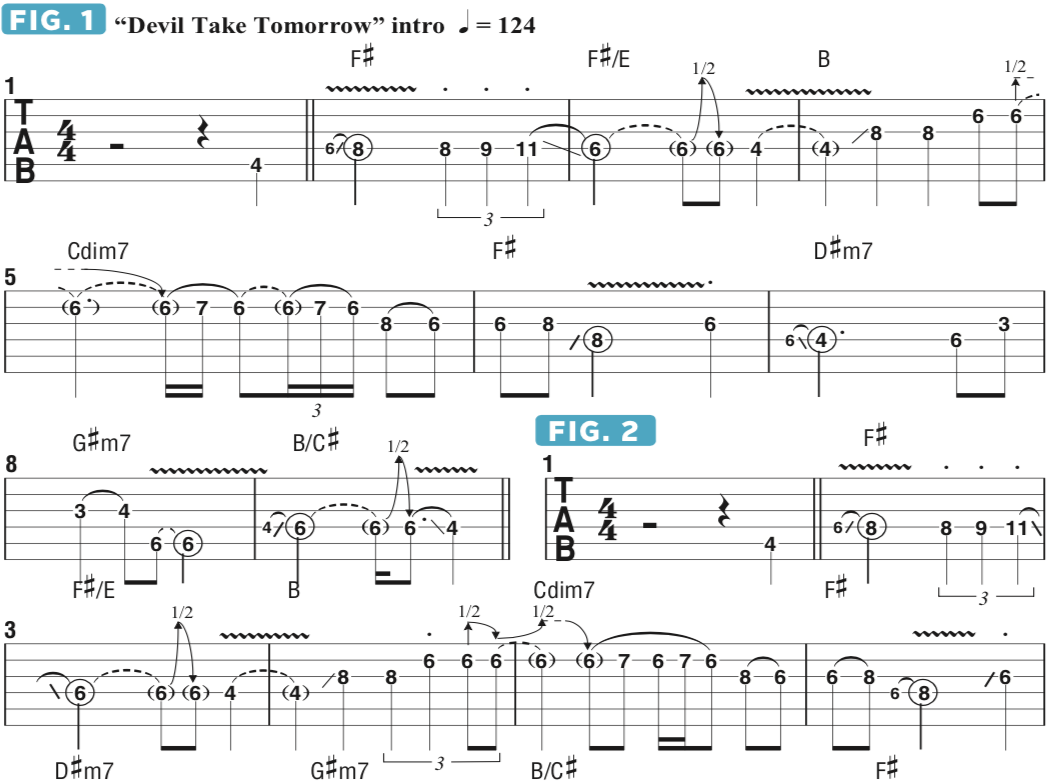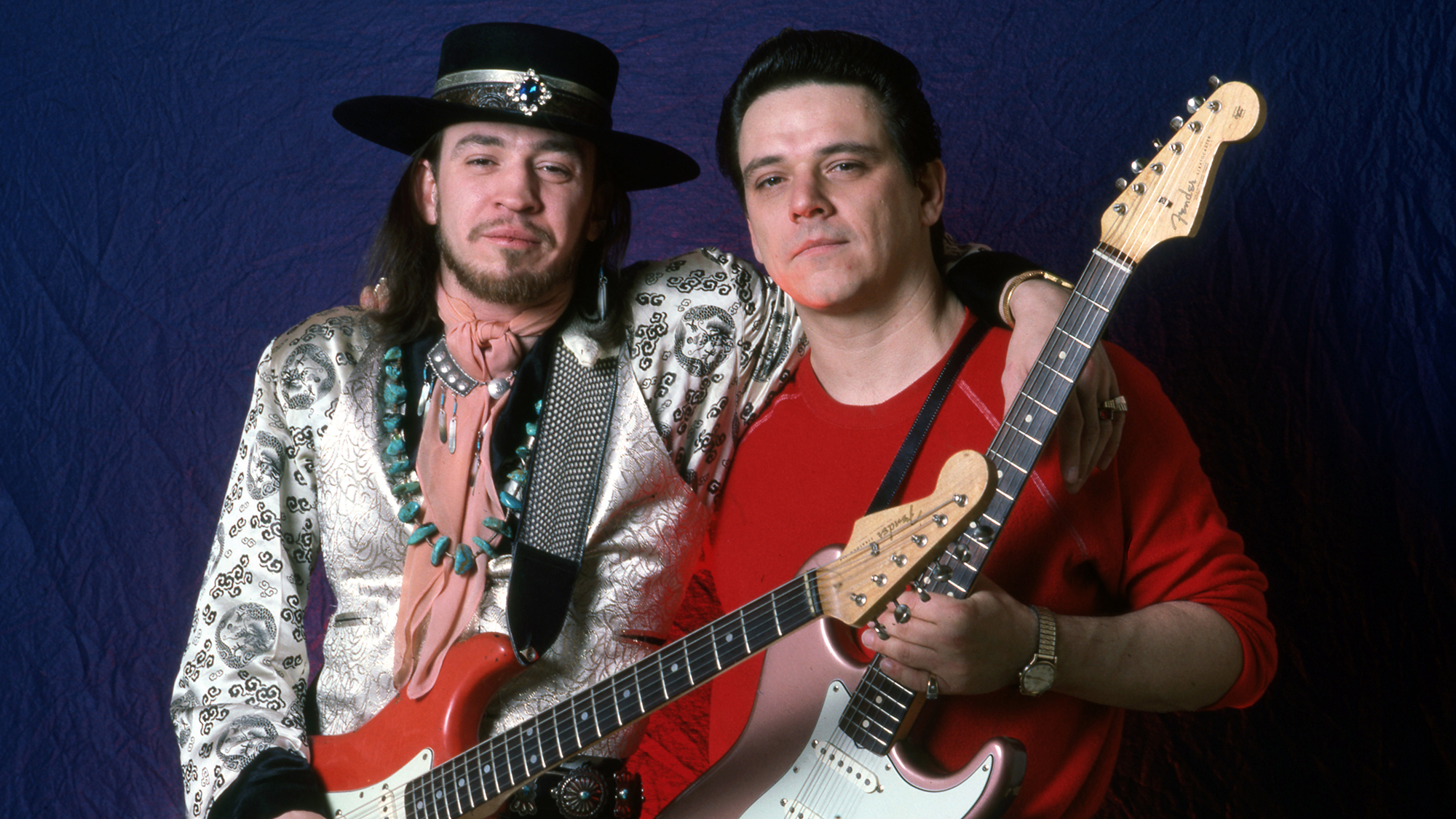Full Shred with Marty Friedman: Using Various Articulation Techniques to Expressively Interpret a Melody
Learn how to interpret single-note melodies in a musical way, and develop a unique sound and musical “voice.”
An essential element of guitar soloing, one that to me separates the grownups from the kids, is the player’s ability to interpret single-note melodies in a musical way, with emotion and expression.
There are countless ways in which one could play a note or series of notes on the guitar, and if you do not focus on being in control of how each note sounds, you’re wasting an opportunity for expression, via articulation, which is the one of the most important tools that is available to you as a soloist.
The little details in the manner by which you choose to play each note in a melody is what will give you the opportunity to sound different than any other guitar player and develop a unique sound and musical “voice.”
Using articulation as an expressive element is the one thing I concentrate on the most when playing live or recording, simply because there are so many options. The way in which you ultimately interpret a melody is the way you reveal your musical personality, which, to me, is the whole point in making music in the first place!
As an example, I’ll use the melody to a song of mine called “Devil Take Tomorrow.” I’ll begin by playing the melody in a straightforward manner, and then I’ll demonstrate a few different ways in which it could be varied by using different articulations.
FIGURE 1 illustrates an approach to playing the melody that is similar to how
I play it on the studio recording of the song. This vocal-like melody is comprised mostly of half, quarter and eighth notes, so there are plenty of notes that sustain, leaving room for subtle variations in phrasing as the melody progresses. The song is played in the key of F# major and is based on the notes of the F# major scale: F# G# A# B C# D# E#.
In this first performance of the melody, I use subtle slides, bends, hammer-ons, pull- offs and vibratos to exude an expressive feeling. In FIGURE 2, I offer very subtle variations in phrasing and articulation, specifically in the manner in which the melody is performed over the Cdim7, D#m7 and B/C# chords. In FIGURE 3, I push things a little further by altering the phrasing and articulation in just about every bar, taking more liberties as I move along.
Now that you have the idea, try playing this melody in as many different ways as you can think of, using various combinations of the above techniques. Then try doing the same thing with other melodies that you know or, even better yet, with your own.


Get The Pick Newsletter
All the latest guitar news, interviews, lessons, reviews, deals and more, direct to your inbox!
"Upgrading from your entry-level acoustic opens the door to an entirely new world of tonewoods, body shapes, and brands": 6 signs it's time to upgrade from your first acoustic guitar
"I'm past my prime": 5 common excuses for not learning the guitar – and 5 body and mind-boosting reasons you should








![Joe Bonamassa [left] wears a deep blue suit and polka-dotted shirt and plays his green refin Strat; the late Irish blues legend Rory Gallagher [right] screams and inflicts some punishment on his heavily worn number one Stratocaster.](https://cdn.mos.cms.futurecdn.net/cw28h7UBcTVfTLs7p7eiLe.jpg)

